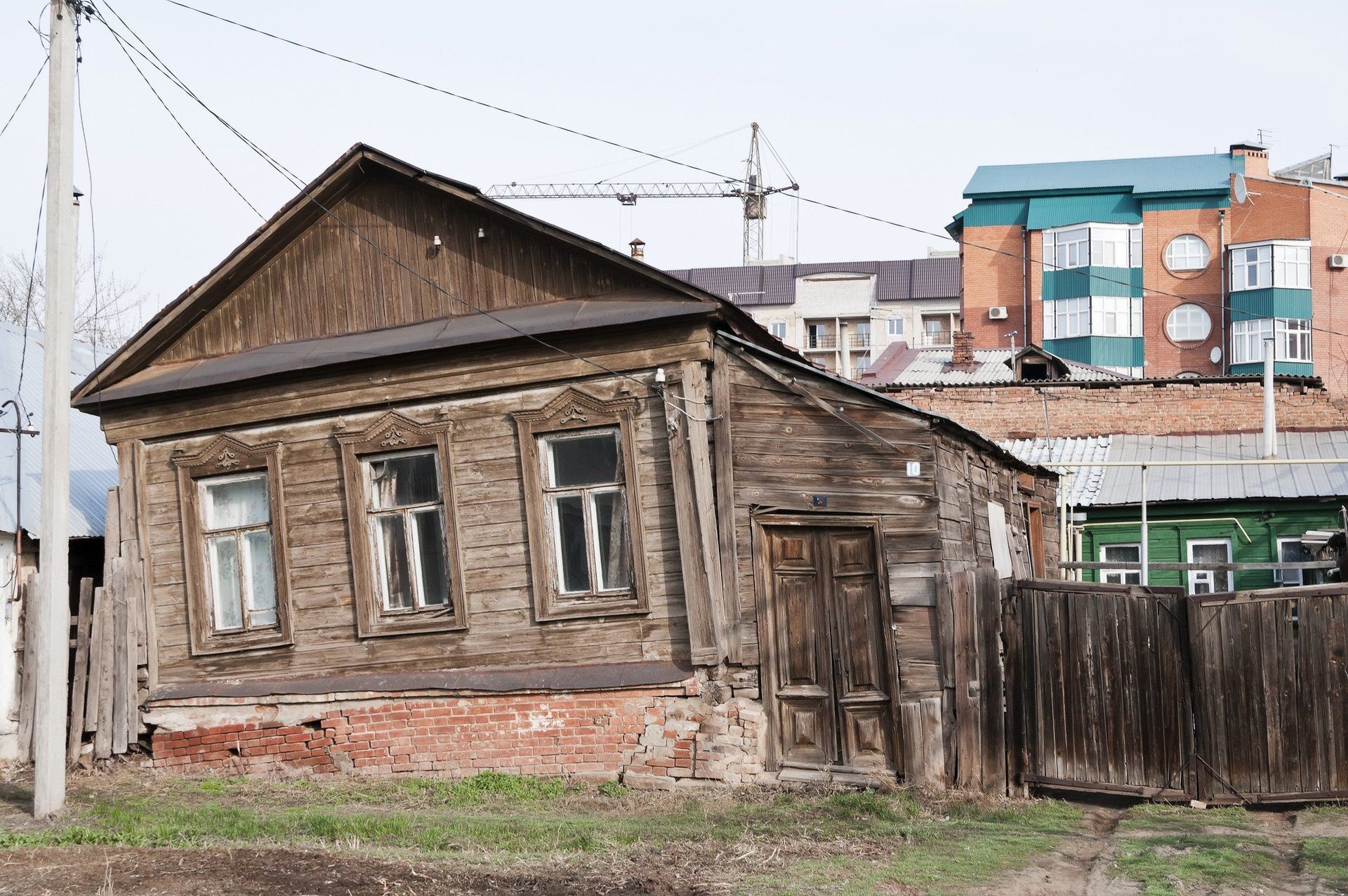Distressed Properties: High Risk, High Reward—And Right for You?
Are you looking to save some money? Do you need a property and don’t mind doing some repairs to get you started? Do you want to start investing in property? Well, look no further—distressed properties might be just what you need.
What is a distressed property?
To better understand this, let’s examine how a property gets to a state of foreclosure.
An individual wants to buy a house, so they will approach mortgage companies or financial institutions to get a loan. After the loan is approved, it is the individual’s responsibility to ensure that they meet the regular payment agreement that they made with the mortgagee.
However, if the homeowner fails to meet the agreement, the mortgagee or lender will want to get back the money they have provided to the homeowner. This process is what we refer to as foreclosure or repossession. This can happen for many reasons, like a divorce or bankruptcy.
There are also instances where houses are distressed because of the state of the property—that is, old homes that need repairs or buildings that are mid-construction and were halted because the owners ran out of money and weren’t in a position to complete the construction.
REOs are bank-owned properties that have already been foreclosed and are siphoning money from the banks that own them. Owners of these properties are very motivated to sell because they want them to stop costing them money.
Short sale properties are those whose owners are often in financial distress, can’t afford the mortgage payments and lack the assets to pay off the loan, and are willing to sell the property for a discount—less than the amount due on a mortgage. This can be a good way to flip a house and sell or rent it out for a profit.
And that’s exactly what distressed properties are. They are homes that are for sale not because the owner wants to sell but because of pre-foreclosure, foreclosure, repossession, real estate owned by a lender, (REO) or personal financial reasons. These homes are usually offered up through an auction in which the highest bidder gets the property.
These houses are usually offered way below market value. Basically, all parties are trying to cut their losses.
If you consider the actual cost that goes into trying to sell something for a good price, lenders want to make sure they don’t have to invest a ridiculous amount of money or time trying to get that extra dollar. That means low prices. All they want to do is get at least some of their money back.
This also means that these properties usually have work to be done. Most likely, the previous owner wasn’t able to carry out maintenance on the property because they were short on funds. Unfortunately, some homes really look pretty awful and need a lot of work.
Risks of buying a distressed property
Buying a distressed property can be a great real estate investment, allowing you to net a large profit off of a property that’s listed below market value. But although there are plenty of benefits that come with it, there are also risks.
The biggest one is buying the property as-is. Distressed properties usually come in bad shape and are sold as they are without a proper inspection. Plus, you can’t often negotiate for things like repairs or additions, as the seller doesn’t have much wiggle room in their budget. You’ll have to take on that maintenance yourself.
You may also be outbid at an auction for the property, a likely scenario for a distressed property. These properties are often a good value, which can mean more competition from other buyers.
Purchasing delays can be an issue as well. The purchasing process takes a relatively long time since the sale is a little less straightforward when working with a seller who is in debt on their mortgage. It can take months to finalize, and you may have to jump through hoops along the way to help the sale go through.
Why invest in distressed real estate?
Consider the disadvantages associated with building a new property, such as the time, permits, construction loans, and legal implications.
With the purchase of a distressed property, your core focus is on your ability to get a good bargain and maximize your investment returns.
Here are three reasons to invest in distressed real estate.
1. Lower prices
Due to the nature of distressed properties, it is easy to get a property below market value. You can easily buy distressed properties all across the Midwest from 10 to 20 cents on the dollar, which is one-third of the cost of building a new property—although be mindful that you may have to seek these properties out yourself.
This is because homeowners are usually in a position where they really want to sell—fast. That places you in a better position to get a bargain. Combining the position you’re in with negotiation talent is guaranteed to save you a lot of money going forward. If you’re looking to build a portfolio, that’s exactly where you want to be.
2. Financial gain
Distressed properties create opportunities for real estate investors to make a profit. Because the prices are below market value, your margins are simply a lot better with distressed properties.
That also means that you’re taking on far less risk. If you can buy two properties for the price of one, not being able to sell one of them might not be much of a problem. You’ll just hold on to it longer. Having less financial pressure comes with more freedom.
The law of home equity states that as the value of your property grows, your equity increases. With the purchase of distressed properties, you are instantly in a position to get yourself some great financial gain because you have bought a house for a value lower than its market value. Your net worth will hopefully increase dramatically after you’ve renovated the property.
3. Fewer delays for approvals
When building new properties, you are exposed to outside influences that cause delays and usually lower your margins. Some good examples include when the approval on your construction plans does not go in your favor, when your developer was in charge of getting the permit but didn’t do it in time, or when your contractor made some error that resulted in a poorly built property. Situations of this nature make a bad situation worse. And the worst part is that they can all occur with the same property. Sometimes this will force you to make decisions that will seriously affect your bottom line.
This is not the case when you purchase a distressed home. The previous owners likely have already gone through this process, so you will not need to worry about getting government approvals and avoiding setbacks.
But best of all is the fact that you don’t have to deal with delay after delay. Sure, you’ll have someone renovate the property. But the complexity of getting an entire home built is far greater than doing some renovations. This has a major impact on the timelines you’re working with, so you’ll be making more money faster with distressed homes.
How do I find a distressed property?
The best place to start looking for distressed properties is at the bank or other financial institutions. Usually, they don’t have the time to advertise and seek out real estate agents or companies to market their properties.
You can also take a look at foreclosed properties from government-owned institutions, such as the Federal Housing Administration (FHA), the U.S. Department of Veterans Affairs, or the Internal Revenue Services Department (IRS), to name a few. Usually, these institutions will advertise their properties in the newspapers.
Another way to find distressed properties is to do a simple Google search for properties in your area that are on auction or up for foreclosure. You can look for online public records at the county courthouse, which records and stores real estate transactions for property in that county. Make sure to check Craigslist daily, and try sending out some yellow letters.
Finally, it is always best to contact an experienced real estate investor specializing in this area to guide and advise you on your purchase. Apart from the fact that successful real estate investors have access to all kinds of lists, you can take advantage of their networks and connections to banks, mortgage companies, and real estate agencies.
Can you finance a distressed property?
Financing any investment property can be difficult. Distressed properties are even more difficult to finance, but it can be done.
One option is to get a conventional mortgage if the home is in livable condition. To get one, you will need to prove to the bank that you are trustworthy, meaning you must have excellent credit, low debt, and a solid income. You must also be able to provide a large down payment.
Non-traditional lenders may be more likely to finance distressed properties. You can look to friends and family who may be willing to loan you money, or you can look to private groups and clubs interested in real estate and/or investing.
If you have a good track record as a real estate investor, you may be able to get a short-term hard money loan, sometimes known as a “fix-and-flip” loan. You won’t need as high of a credit score or down payment for this option, but the interest rates are higher than those of conventional loans.
If none of these options work for you, you can try to use the equity of your primary residence as collateral to put in an offer and then purchase a distressed property. You can do this through refinancing, which will allow you to borrow more than what you owe on your property and use the excess money to invest in a distressed property.
Now that you have all the facts, you are in a better position to own your first distressed home in the future. Often the difference between a successful real estate mogul and a failure is not one’s better abilities or ideas but the courage to bet on ideas, take a calculated risk, and act.
Most of all, it will come down to your ability to sniff out the perfect opportunity. That means the highest chances of getting your bid accepted, the right location, and manageable renovations. All these things factor into what makes a great deal or not.
It’s important to remember that you’re looking for an undervalued property—not just a cheap one. You can buy a $60,000 property for $10,000 and still end up with a loss. Some deals just never make sense, and if you understand that, you’ll love what distressed properties have to offer.
Source: Bigger Pockets Blog
Dusty Rhodes Properties is the Best Realtor in Myrtle Beach! We do everything in our power to help you find the home of your dreams. With experience, expertise, and passion, we are the perfect partner for you in Myrtle Beach, South Carolina. We love what we do and it shows. With more than 22 years of experience in the field, we know our industry like the back of our hands. There’s no challenge too big or too small, and we dedicate our utmost energy to every project we take on. We search thousands of the active and new listings from Aynor, Carolina Forest, Conway, Garden City Beach, Longs, Loris, Murrells Inlet, Myrtle Beach, North Myrtle Beach, Pawleys Island, and Surfside Beach real estate listings to find the hottest deals just for you!
Share





